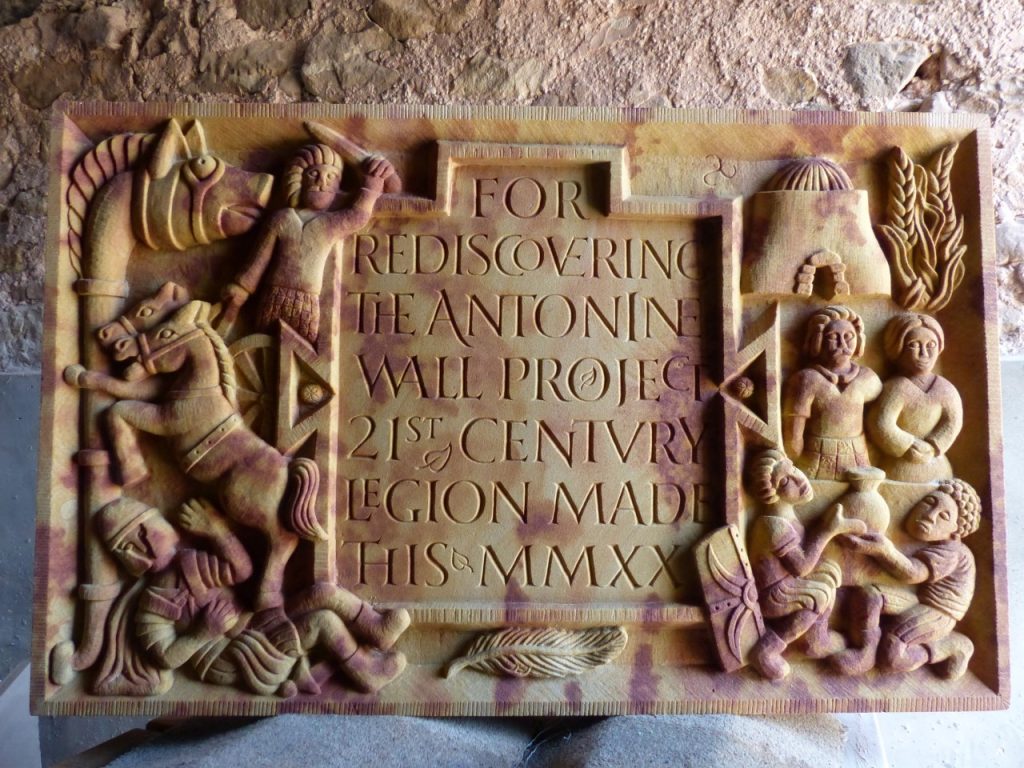The perceived value of replicas has ebbed and flowed in different times and contexts, but this appears to have come full circle from their antiquarian origins, particularly for conservation, presentation and collections management with facsimiles possessing their own, connected, trajectories.
The newly published New Futures for Replicas: Principles and Guidance for Museums and Heritage, featured elsewhere on this website, offers an effective framework for investigating authenticity, value and significance of replicas, and new thinking about the questions to ask of replicas. One area where surprisingly little research has been undertaken is on stone replicas. This is a situation I am seeking to rectify by exploring the historical use of replica Distance Sculptures from the Antonine Wall, Rome’s most north-westerly frontier during the second century AD. These objects are an integral component of the narratives that academia and museums use to fill in blanks in the story of Roman Scotland. They have the power to express multiplicities of meanings and engage audiences in new and creative ways.

Contemporary sandstone replicas created by apprentice stonemasons from City of Glasgow College for the Rediscovering the Antonine Wall Project (above) provide an opportunity to track the practice of replication through articulation (the practice of planning and carving the sculpture). Stone sculptures that take inspiration from original carvings also fall within the realms of replication as ‘relational objects’ and a newly completed relief sculpture inspired by the Distance Sculptures (below) serves to subvert and re-frame colonial narratives to tell previously untold stories in the stones from the perspectives of people in conflict with Rome. The latter is a provocative and thought-provoking piece of art that breaks the mould of previous plaster-cast replications and is free from the burdens of imperial impositions or museum restrictions.

There is a great deal of ground to cover in opening a dialogue with these objects and the people involved in their creation, curation, engagement and research. These replicas are not yet complete or installed in their intended locations close to the Antonine Wall, so primary research on their reception is not yet available. This research should therefore be taken as the first steps in a journey of exploration into the realms of replica Roman relief sculptures. It is an exciting opportunity to set the scene for future work that will address the next episode in their itineraries taking account of their reception and ongoing entanglements with new audiences in alternative spaces outside of the traditional museum setting.
You can find out more about me, my work and how to contact me here.
Dr Louisa Campbell, LKAS Fellow in Archaeology, University of Glasgow
